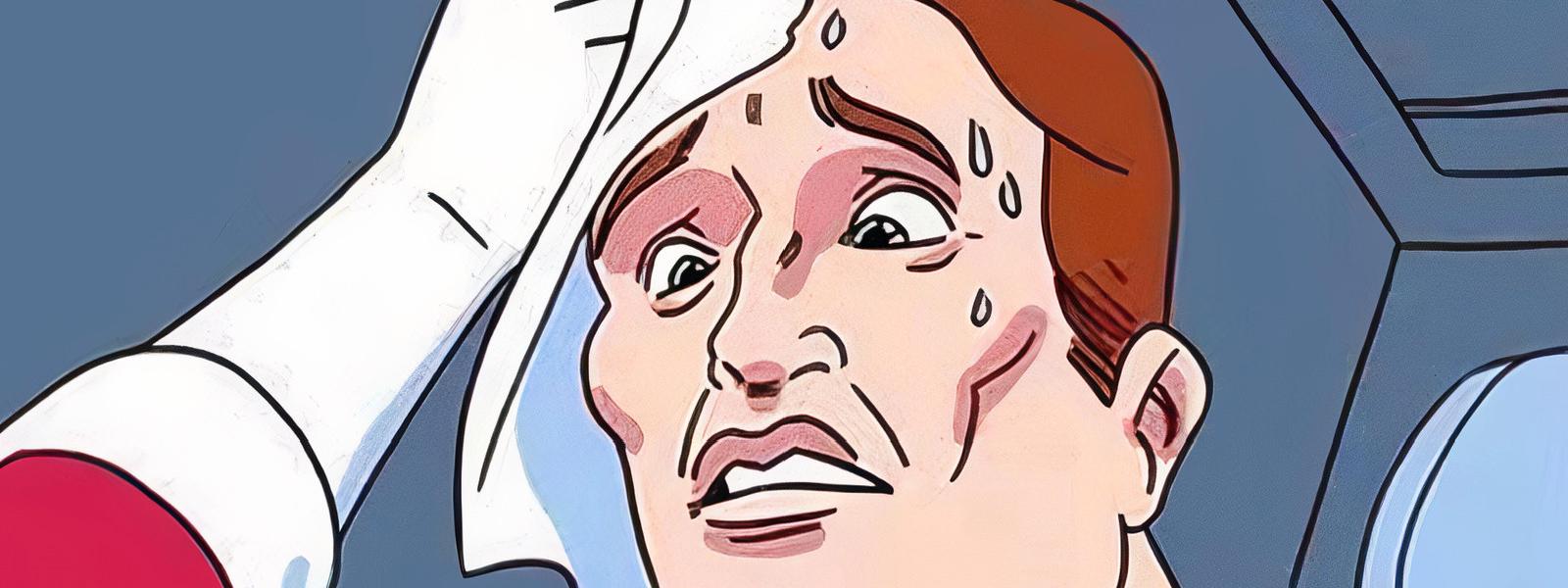How I Make Choices

When choosing between alternatives, whether big or small, it’s way too easy to fall into an analysis paralysis trap.
Quite often, I find myself indecisive when I make a non-trivial purchase or a solution that will likely determine my future. In other words, not like choosing between sorts of cheese in a supermarket, but rather choosing which apartment to rent, which school to choose for my kids, where country to live, which framework to use for my next side-project, etc.
To work around the paralysis, I built a mental model that helps. I found out that whenever I choose between alternatives, I often encounter one of three situations:
Situation A. One alternative is obviously better than the other.
Situation B. The alternatives are similar, and I end up with roughly the same outcome regardless of my choice.
Situation C. I don’t have enough information to make a choice.
The A is straightforward. Here is my algorithm for options B or C when I am on the fence.
- Decide if the situation is B or C.
- If it’s B and the outcomes are roughly the same, it doesn’t really matter what to choose. Whatever you choose is better than staying indecisive. Flip a coin. By the way, flipping a coin works better than you think.
- If it’s C, see if you can collect more information. If you can, go ahead and fill the gaps. There are caveats, however. Too many facts without a clear way to organize and prioritize it can result in even bigger uncertainty. Besides, it’s too easy to keep procrastinating, pretending you’re still collecting information.
- If it’s still C, embrace the uncertainty and make a choice anyway. Because, well, what else can you do?
No matter how logical it sounds, choosing when things are unclear is challenging. A few tricks that help me make a choice when I am hesitant:
- It’s much easier to make reversible decisions, and most choices are. I found that when I have a mental plan for a rollback, everything gets easier.
- I remind myself that I will be happy with whatever decision I make, thanks to so-called choice-supportive bias. Peoples’ brains are fascinating, and here is one example where biases help.
That’s about it. Happy choosing.